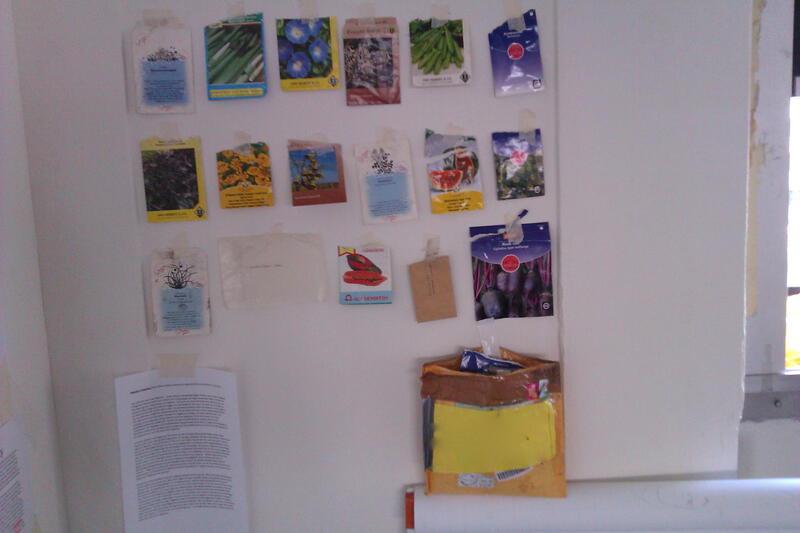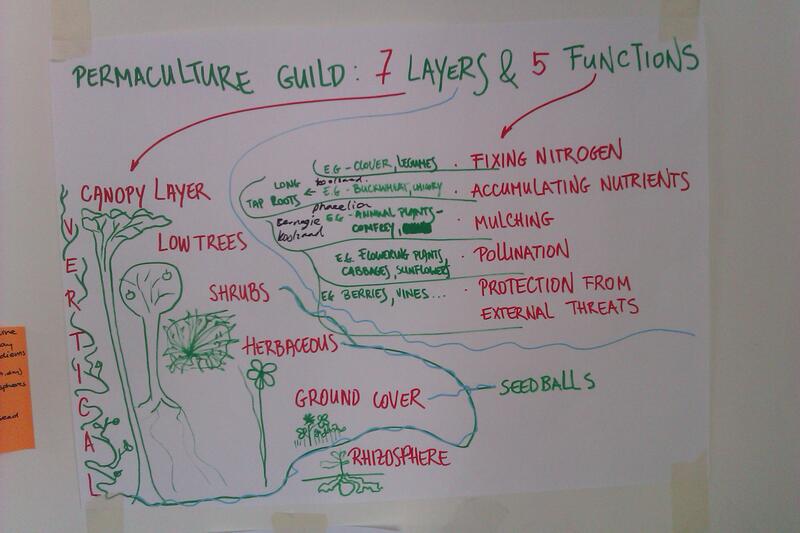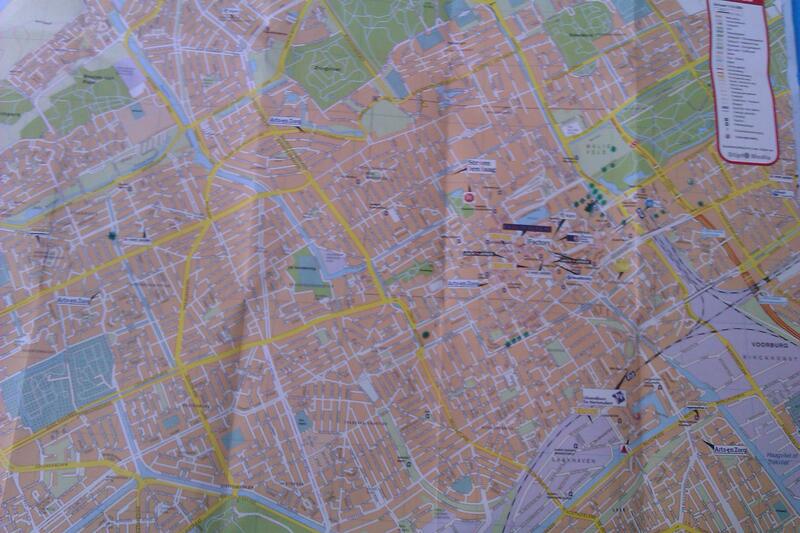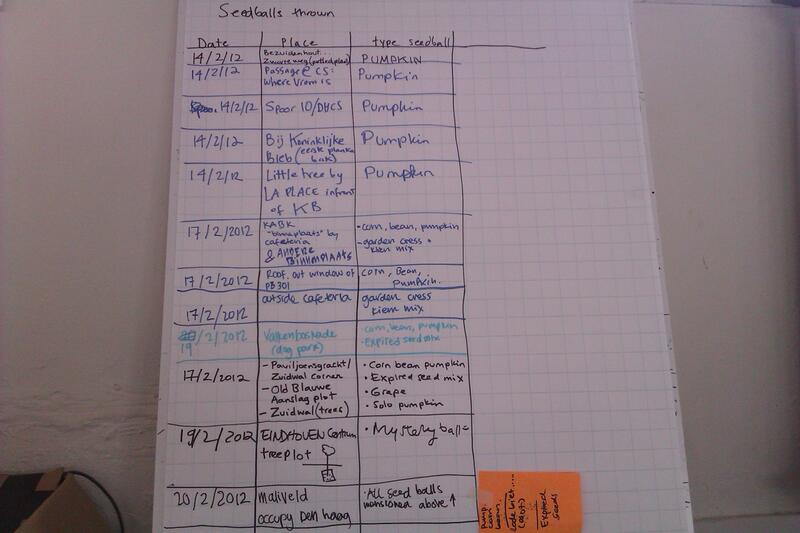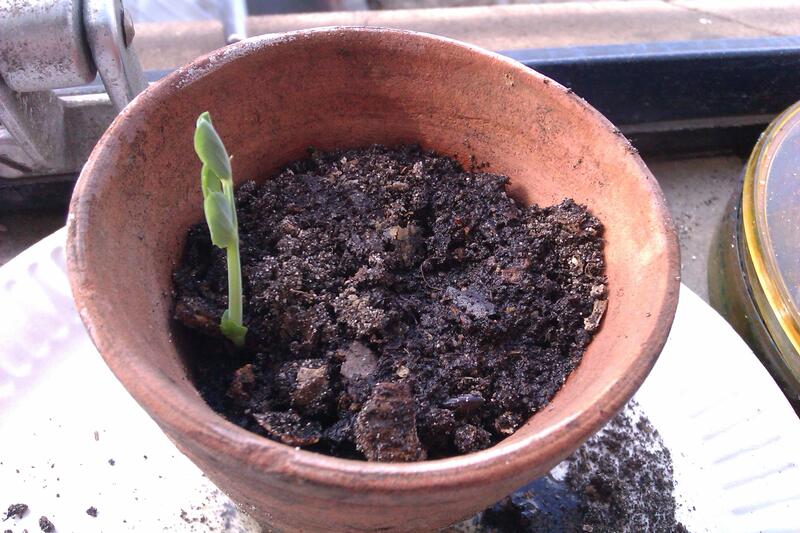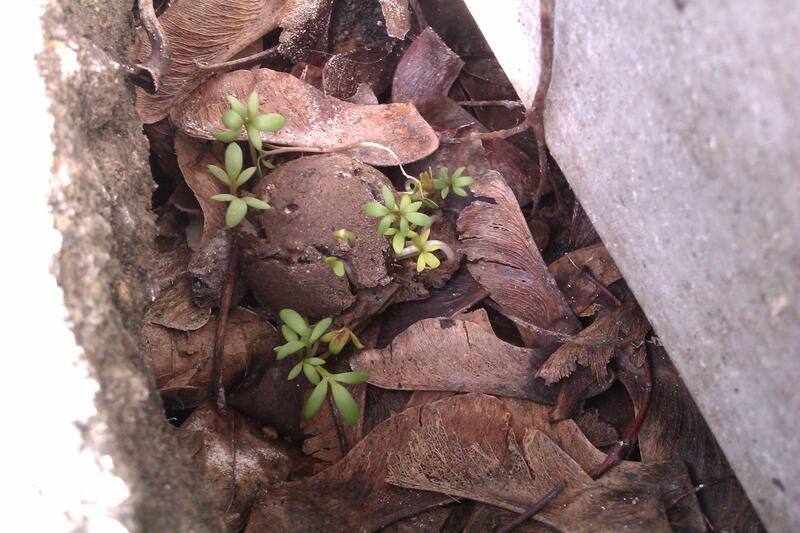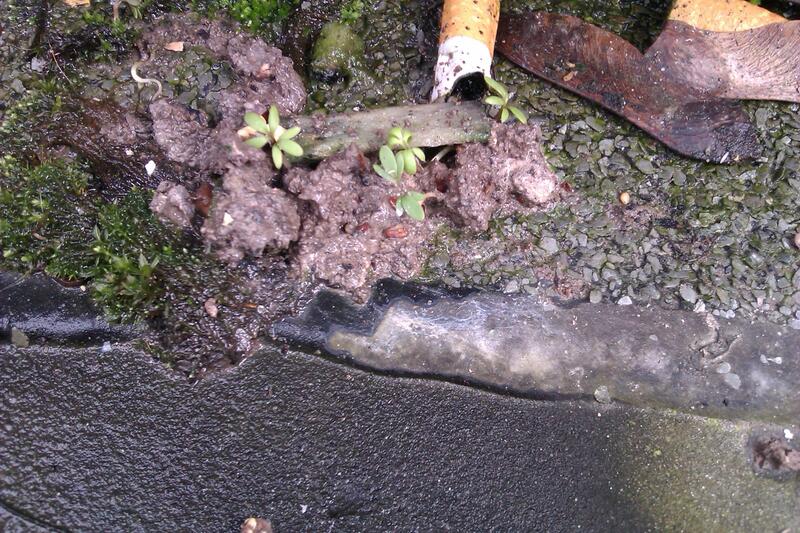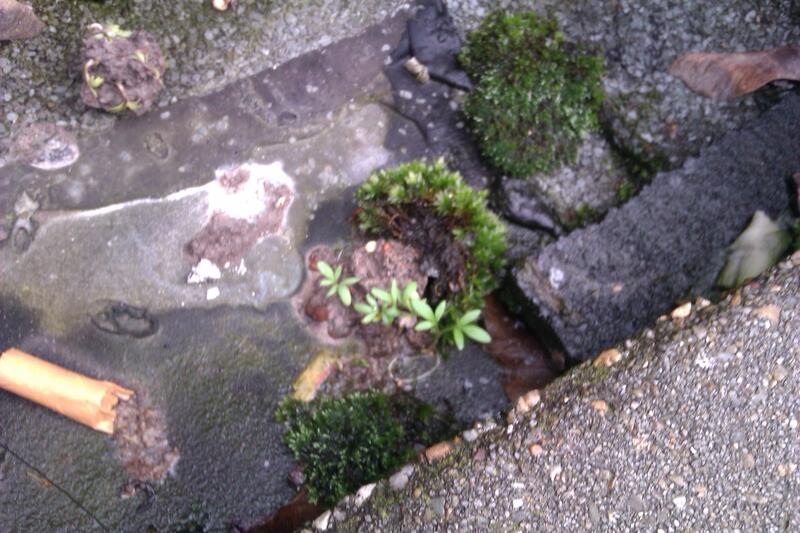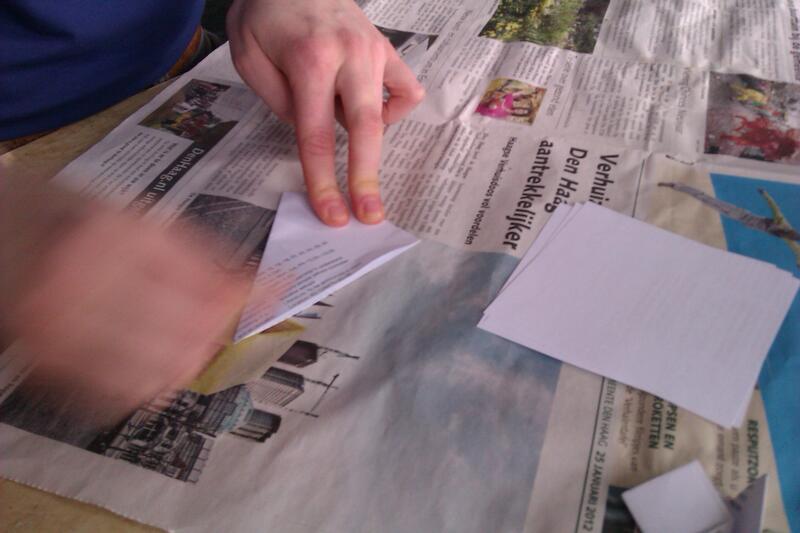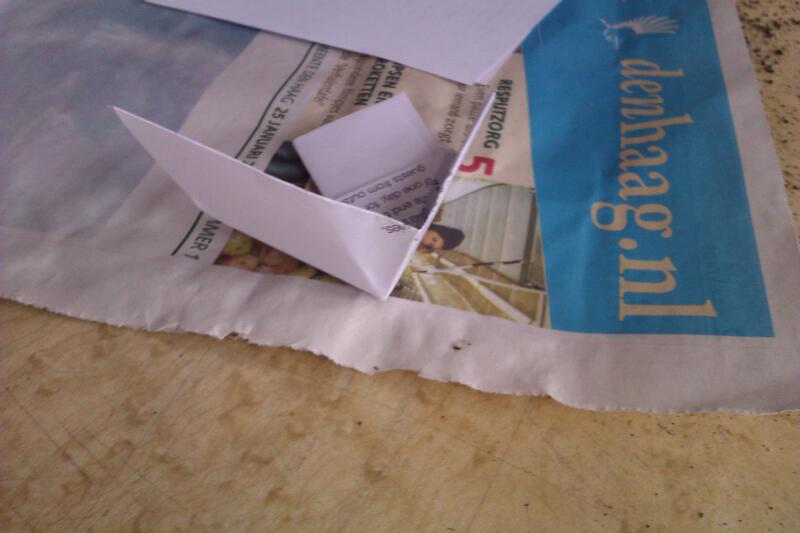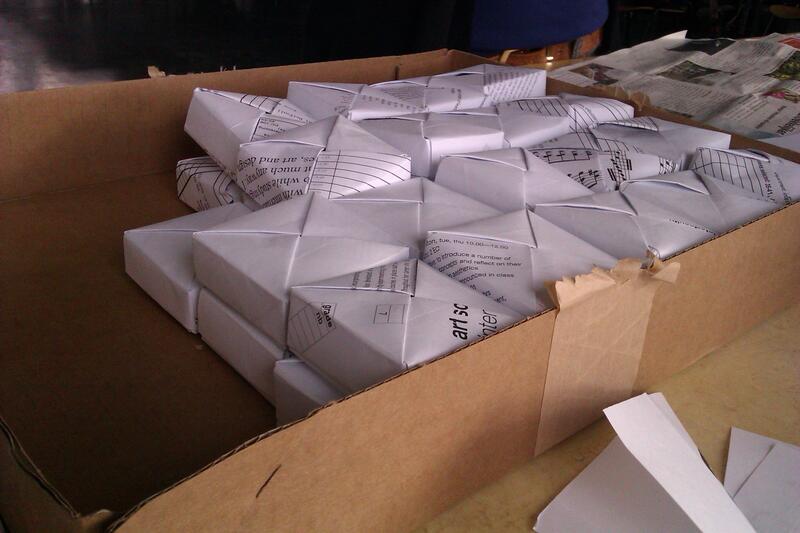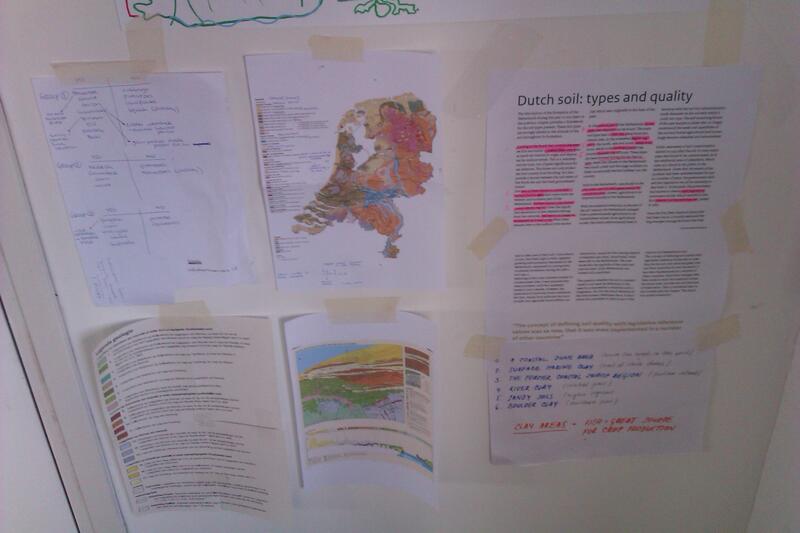Seed balling, the goals
an experiment with seedballs
- edible
- for the people
- tiny alternative to supermarkets
recipe:
- 5 parts dry red clay (for this we dried out some wet clay, once dry we crushed the dried clay into a fine powder)
- 3 parts dry organic compost
- 1 part seeds
- 1-2 part water
Once all mixed together, roll into balls and let them dry. Once dried throw anywhere and everywhere. There should be some access to water (whether that is rain or from another source doesn't matter) and sunlight as well as shade.
Seeds we wanted to use: - stok roos - pumpkin - mustard - kol zaad - rucola - hop - wild strawberries - cucumber - jasmine - oost Indian kers - corn
After some research we found it was important to look further into companion charts of seeds (compatible and incompatible seeds) as well as living conditions. This lead to further research also into types of soil in the Netherlands and more specifically in Den Haag.
For example. Pumpkin (squash) helps corn and beans helped by buckwheat and radishes as it keeps spiders, ground beetles and flea beetles away. the radishes warn off flea beetles.
Corn is very compatible with“ beans, cucumber, dill, pea, potatoes, melons, pumpkins and sunflowers.
Cucumbers work well with corn, spinach, lettuce, rosemarry, carrots, beet, radish, strawberrys, and cucumbers. repelling californian beetles. Its not compatible (avoid planting cucumbers with): tomatoes, chillipepers, onions, garlic, cabbage and broccoli. This mixture of seeds compatible with cucumbers host nitrogen- fixing bacteria, a good fertilizer for some plants, too much for others.
{Source: en.wikipedia.org/wiki/list_of_companion_plants and www.gardensablaze.com/companions/companionyield.com}
Used Seeds
From these sites we came up with three groups of seeds that are compatible:
Group 1 - tomatoes - carrots - onions - cucumbers - spinach - dill - parsely - basil
incompatible - cabbage - patatoes - cauliflower -squash (possibly)
Group 2 - radish - cucumbers - corn - mint
incompatible - potatoes - tomatoes (possible)
Group 3 - pumpkin - corn - marigolds - beans - sunflowers
incompatible - potatoes - rasberries
Living conditions: Tomatoes: - primariy warm weather - do not tolerate frost at all
Broccoli: - no extreme hot or extremely cold climates - requires cool winter to reach maturity - perfers well drained soil, in full sun
Cabbage: - grows best in cool weather; will not tolerate frost, not extremely hot temperatures - works best in well- drained garden soils enriched with compost kept well watered
Carrots: -best results in cooler areas - grow in partial shade, prefer full sun
Cucumber: -best in warm climates, will grow in most climates (colder= shorter harvest period)
Potatoes: - dont care for extreme hear or frost - sunny spot/ full sun
Pumpkin: - warm weather crop, will not tolerate frost or cold (yield will be smaller)
Radish: - any climate;needs atleast 6 hrs of sun a day - shady, moist location
Spinach: - successful most climates - sunny, partially sunny location
{source: http://www.howtogardenadvice.com/vegetables/grow_spinach.html}
Permaculture guild
(see also plant guilds)
Where Thrown
List
controlled test , plant from seedball
Outside test KABK
Outside test 2 KABK
Outside test 3 KABK
The boxing process
we learned how to make the boxes from youtube http://www.youtube.com/watch?v=6KDbhPcfFfg
Folding
Part of a box
Seedballs in a box
The finished product
Dutch soil: types and quality
1. coastal dune area - starting at the North Sea in the west. Sand are marine in origin and deposited by onshore winds.
2. marine clay - just east of these dunes is this zone, which covers western and northern part of The Netherlands
3. coastal swamp region- further inland. The peat is no longer as widespread as it used to be
4. river clay - in the central part of NL
5. sandy soils - away from this central area, in the somewhat higher regions to the north, east and south
6. boulder clay - in the northern part. These deposits were formed during the last few ice ages
Soils in The Netherlands, specifically in the clay areas, are rich and great source for crop production.
(source: http://www.agentschapnl.nl/sites/default/files/sn_bijlagen/into_dutch_soils-24-334830.pdf)
Den Haag´s historical division to rich and poor part according to soil quality.
The strip of coast on which The Hague stands consists of an alternation of high beach ridges following the coastline and lower beach plains which had been filled in with peat over the centuries. The sand provided an excellent foundation for building townhouse mansions and villas.
“Some of the most prosperous and some of the poorest neighbourhoods of the Netherlands can be found in The Hague. The wealthier areas (Statenkwartier, Belgisch Park, Marlot, Benoordenhout and Archipelbuurt) are generally located in the northwest part of the city; however, the Vogelwijk and several very recently built quarters like Vroondaal are in the southwest, not far from the sea. Poorer areas like Transvaal, Moerwijk, and the Schilderswijk can be found in the southeastern areas, or near the coast in Scheveningen (Duindorp). This division is reflected in the local accent: The more affluent citizens are usually called “Hagenaars” and speak so-called “bekakt Haags” (“Bekakt” is Dutch for “stuck-up”). This contrasts with the “Hagenezen”, who speak “plat Haags” (“plat” meaning “flat” or “common”).”
(source: http://en.wikipedia.org/wiki/The_Hague)
Sandy soil and peat soil and the most common soil types in Den Haag. Therefore if we wanted to optimize results we should: - combine seeds and are compatible - Seeds from different parts of the permaculture guild - seeds that grow best in soils in a particular area
Soil type is important to know to get better results and overcome problems. Texture and PH level is therefore something to look into when wanting to optimize results. Sandy soil is a more porous soil and requires more water and fertilizer than plants grown in for example loam, top soil or potting soil mixtures. The water travels so fast through the sandy layers because of the large particles and gaps that the top layers of this soil drys too quickly for some plants to handel. Therefore plants with shallow roots are less likely to survive in this type of soil also nutrient hungry plants like cabbage and broccoli are likely to struggle. Plants that grow in full sun and root plants (ie. potatoes, carrots, radishes, garlic and beets) grow best in sandy soil. Other plants that grow well in this type of soil include: - tomoatoes
- strawberries
- blueberries
- pepers
- luttuce
{source: http://www.ehow.com/facts_5627817_flowers-grow-well-sandy-soil.html, http://www.growveg.com/growguides/soil-types.aspx}
Regarding the permaculture guild and the 5 types of plants that are needed to create a plant culture that can strive on its own the following results have been found:
{source: http://www.hort.purdue.edu/ext/HO_225.pdf}
For more pictures visit: http://groworld.tumblr.com/

